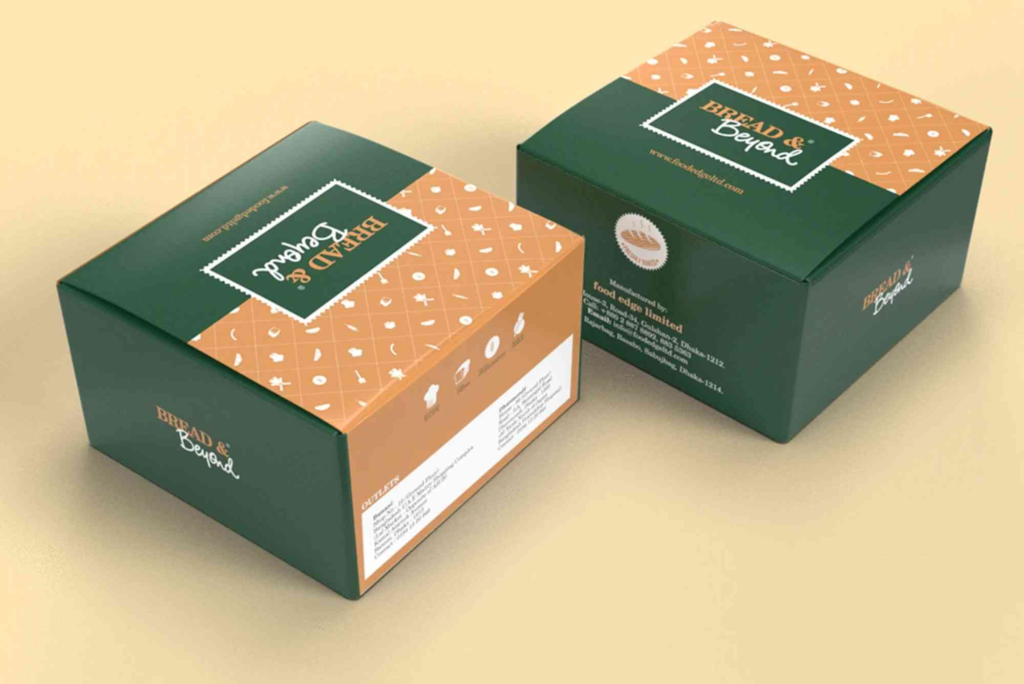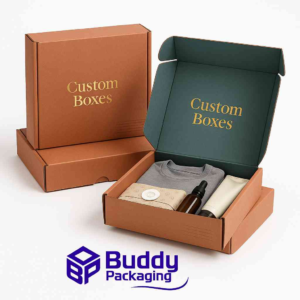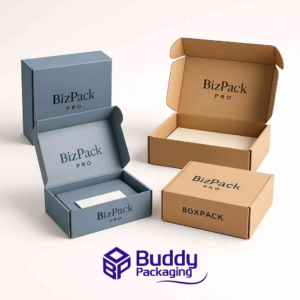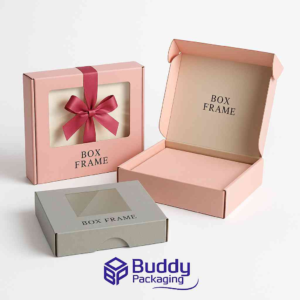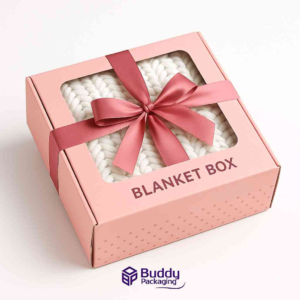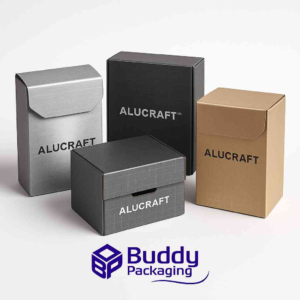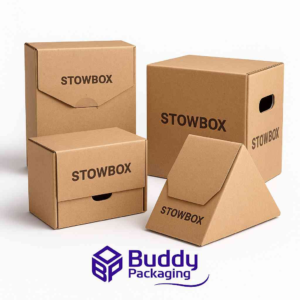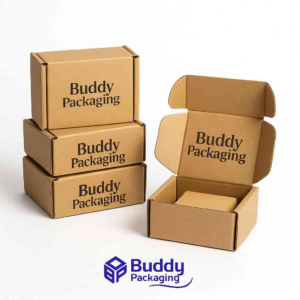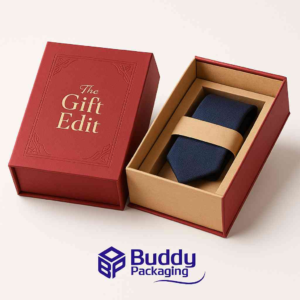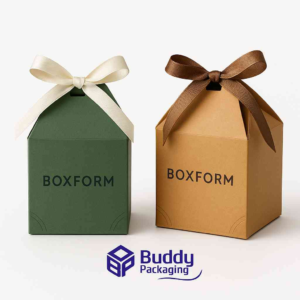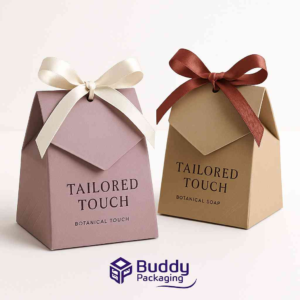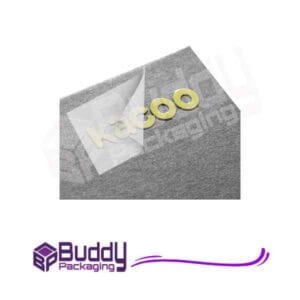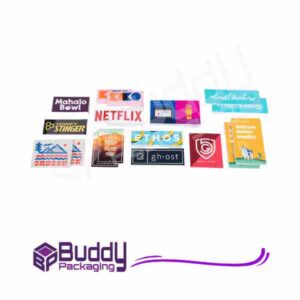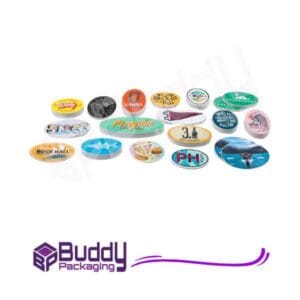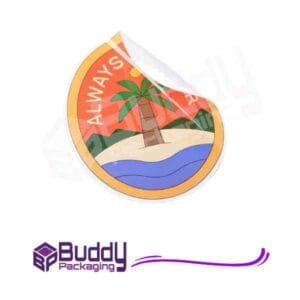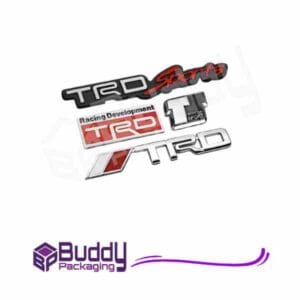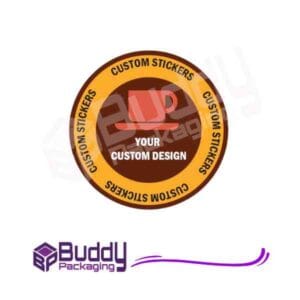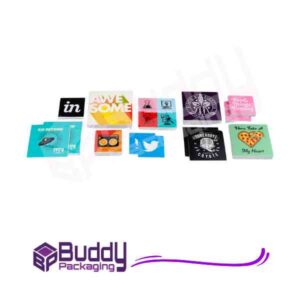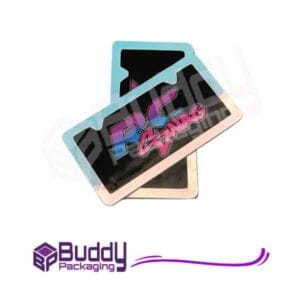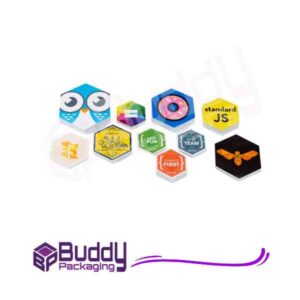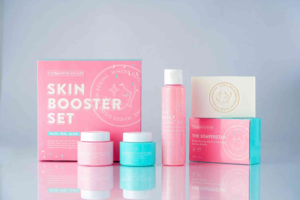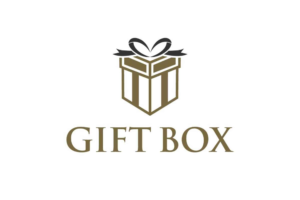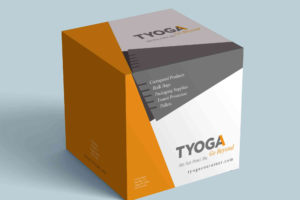Food Packaging Design: A Complete Guide for 2025
In today’s competitive food industry, food packaging design is more than just a way to wrap products—it’s a brand storyteller, a marketing tool, and a protector of freshness. The right design can influence buying decisions, build customer loyalty, and set a brand apart from the competition.
From supermarkets to online deliveries, packaging is often the first touchpoint between a consumer and a brand. That’s why businesses must invest in creative, functional, and sustainable designs that resonate with modern buyers.
This guide explores everything you need to know about food packaging design—from principles and trends to examples and inspiration.
Why Food Packaging Design Matters
First Impressions Count
Shoppers often decide within seconds whether a product is worth buying. A well-designed package communicates quality and trust instantly.
Protects and Preserves
Packaging is not just visual—it must keep food fresh, safe, and compliant with health standards.
Brand Differentiation
With hundreds of products on the shelf, unique food packaging design makes your brand stand out.
Key Elements of Food Packaging Design
Visual Appeal
Colors, typography, and imagery should reflect the brand’s personality while attracting attention.
Functionality
Easy-to-open, resealable, and eco-friendly packaging improves customer satisfaction.
Transparency and Honesty
Labels should clearly display ingredients, nutritional values, and expiration dates.
Sustainability
Eco-conscious consumers prefer recyclable, biodegradable, or reusable packaging.
Modern Food Packaging Design Trends
Minimalist Design
Clean, simple layouts with limited color palettes are trending. They communicate authenticity and premium quality.
Sustainable Materials
Brands are shifting to compostable plastics, plant-based films, and paper packaging.
Smart Packaging
QR codes and NFC tags allow customers to trace sourcing and verify authenticity.
Personalisation
Custom prints with customer names or seasonal designs create memorable unboxing experiences.
How to Create Effective Food Packaging Design
Define Your Target Audience
Understand your customers’ preferences—eco-conscious buyers may value minimal, recyclable packaging, while young consumers may prefer bold graphics.
Focus on Branding
Packaging should reflect your brand story. Colors, logos, and typography must stay consistent across all product lines.
Prioritize Usability
Make packaging practical—easy to carry, reseal, and dispose of responsibly.
Incorporate Custom Packaging
Investing in custom packaging helps businesses create a strong identity. Tailored box sizes, unique prints, and innovative shapes enhance brand recognition.
Packaging Design Inspiration
Finding ideas is crucial when creating unique packaging. Platforms like packaging design inspiration showcase creative projects from around the world. These examples spark fresh concepts that can be adapted to your brand.
Mistakes to Avoid in Food Packaging Design
- Overcrowded Graphics: Too much text or imagery confuses buyers.
- Ignoring Sustainability: Non-recyclable materials may turn eco-conscious buyers away.
- Poor Labeling: Missing nutritional info or unclear expiry dates erode trust.
- Inconsistent Branding: Using different designs across products weakens recognition.
Real-Life Examples of Successful Food Packaging
- Coca-Cola: Seasonal personalised labels boosted global sales.
- Ben & Jerry’s: Bright, fun designs reflect their quirky brand identity.
- Whole Foods: Eco-friendly packaging reinforces its sustainable brand promise.
Future of Food Packaging Design
The future focuses on sustainability, technology, and personalisation. Biodegradable materials, augmented reality labels, and AI-driven personalisation will dominate the next decade.
Businesses that embrace these innovations will build stronger consumer trust and stay ahead in a crowded market.
FAQs
What is food packaging design?
Food packaging design is the process of creating functional, safe, and visually appealing packaging that represents a brand and protects the product.
Why is food packaging design important?
It influences customer decisions, ensures food safety, and communicates a brand’s story.
What are the latest food packaging design trends?
Minimalist layouts, sustainable materials, smart packaging, and personalisation are leading trends.
How can I make my food packaging stand out?
Use bold branding, eco-friendly materials, and creative shapes that align with your audience’s preferences.
Where can I find inspiration for food packaging design?
Websites like Packaging of the World provide real-world examples and ideas.
Effective food packaging design is more than just wrapping—it’s a fusion of branding, safety, and customer experience. By focusing on creativity, sustainability, and practicality, businesses can capture attention and build lasting trust.
If you want to explore tailored solutions, check out Buddy Packaging Location to connect with experts who bring packaging visions to life.

